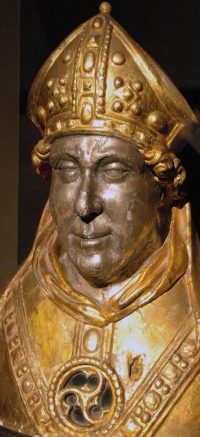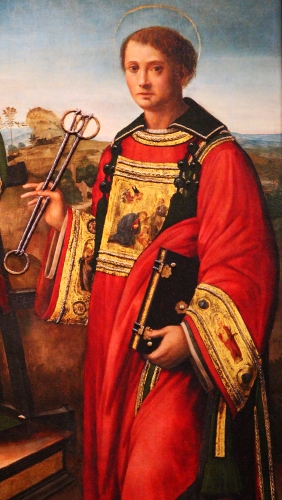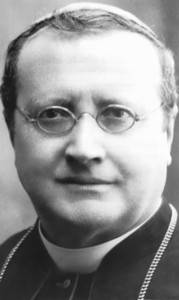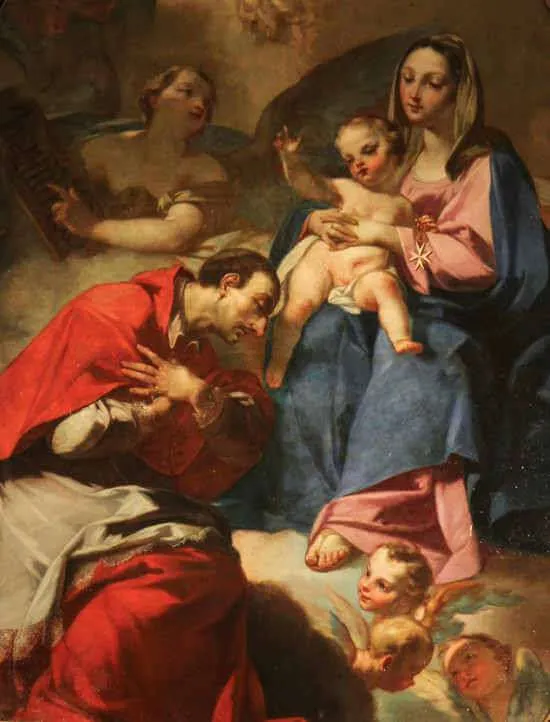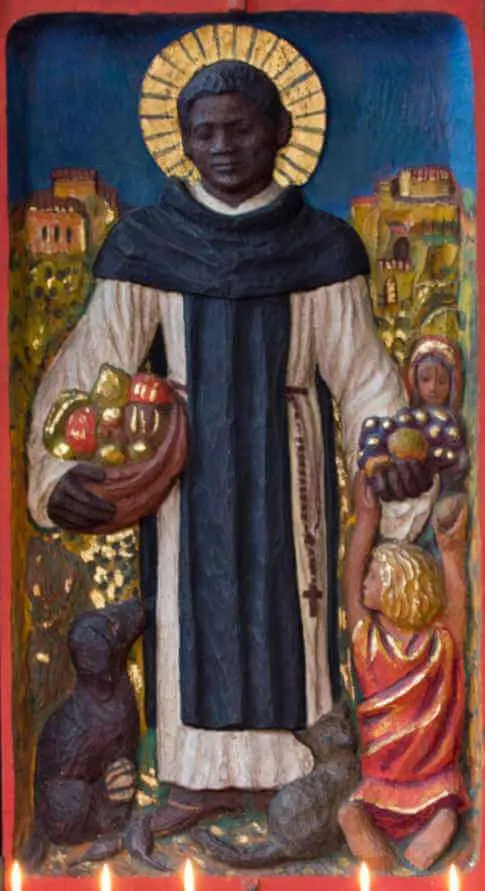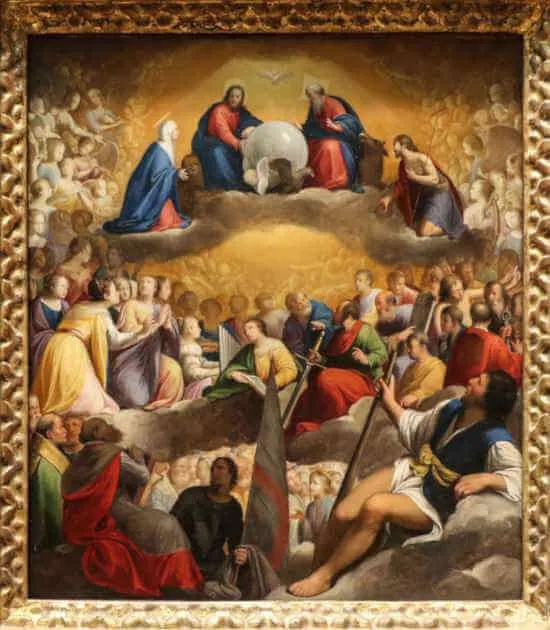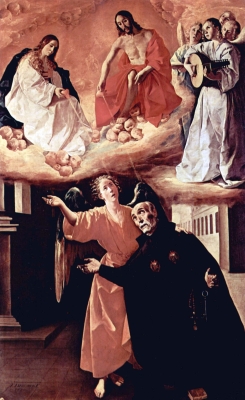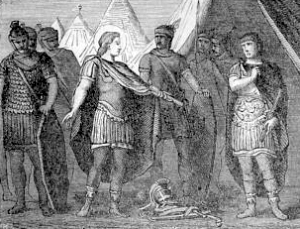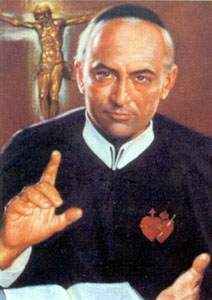Charles Borromeo was born in the Castle of Arona in the Duchy of Milan, into a well-established and influential noble family from northern Italy. Charles’ father was the Count of Arona, and his mother was from the prominent and powerful Medici family. Charles was the second son among six children. Typically, the first son inherited most of the family wealth and titles. It was common for the other sons of noble families to pursue careers within the Church, often becoming bishops or abbots of renowned monasteries.
When Charles was seven, the first session of the Council of Trent began in response to the Protestant Reformation and to address various Church abuses. This pivotal council would intermittently hold twenty-five sessions over the next nineteen years. When Charles was eight years old, his maternal uncle, John Angelo Medici, was ordained a bishop and made a cardinal three years later. When Charles was nine years old, his mother passed away, prompting his father to remarry. His father married again a few years later after his second wife died. At twelve, Charles received the tonsure, propelling him toward an ecclesiastical vocation. Simultaneously, another uncle gave him the title of titular Abbot of Sts. Gratinian and Felinus at Arona, an honorary title that also endowed him with a steady income. With these funds, he was sent to Milan to begin his humanities studies. At sixteen, he furthered his education at the University of Pavia, located about twenty miles south of Milan, where he studied Church and civil law.
In August of 1558, when Charles was nineteen, his father died, and Charles was tasked with the responsibility of organizing his father’s estate so that his older brother could take over as count after his father. This was a difficult task since his father was not that organized. Once completed, Charles’ brother became Count Frederick Borromeo. The following year, Charles returned to his studies, earning his doctorate in civil and canon law on December 6, 1559.
Fresh out of school, Charles’ life was about to change. The previous August, Pope Paul IV had died and the cardinals had gathered to elect his successor. Cardinal John Angelo Medici, Charles’ uncle, was among the electors and was unanimously elected as supreme pontiff on Christmas Day, 1559, taking the name Pope Pius IV. The Borromeo and Medici families were elated. What happened next was one of the clearest examples of nepotism ever seen within the Church. Within a month, Pope Pius called his twenty-one-year-old nephew, Charles, to Rome and made him a cardinal, even though he wasn’t even a priest yet. Though most often cardinals are chosen from among the bishops, the pope can make anyone a cardinal. The designation ‘cardinal’ is an important honorary title that brings with it certain rights and responsibilities, such as electing the next pope, assisting with the governance of the Church, and advising the pope on important matters. Soon after, the pope appointed Cardinal Borromeo to be the equivalent of the Secretary of State, the administrator of the Archdiocese of Milan, the administrator of the Papal States, a Papal Protector and Legate, and various other duties.
Over the next four years, Cardinal Borromeo worked hard exercising his new responsibilities and enjoyed a good income. One thing he took great interest in was the completion of the Council of Trent, which had been going on since he was seven. He encouraged his pope uncle to conclude the Council by calling the final sessions. In early 1562, the eighteenth session of the Council of Trent was held, and seven more would be held over the following two years, concluding with the promulgation of the decrees on January 26, 1564. Because Cardinal Borromeo was a cardinal but not an ordained bishop, he was not able to participate in the council as other bishops did, but he was very involved in the formulation of the decrees behind the scenes, given his important positions at the Vatican and his training in canon law.
On November 19, 1562, during the final period of the Council of Trent, tragedy struck the Borromeo family. Count Frederick, Cardinal Borromeo’s brother, suddenly died childless. He and Charles were the only living brothers bearing the Borromeo name. Without an heir, the family name would end, and the titles and inheritance would go to other noble families. For that reason, many within the family encouraged Cardinal Borromeo to abandon his Church career, return to the lay state, become the Count of Arona, inherit the family estate, marry, and have an heir. Even his uncle, Pope Pius IV supported that idea.
Up until that point, the young Cardinal Borromeo was living a prayerful and morally upright life but was also enjoying his power and wealth. This was a turning point for him. He decided to pursue his vocation, so he secretly arranged to be ordained a priest. Not even his uncle, the pope, knew. Once Charles was ordained, the pope was disappointed but understood and supported him. After his priestly ordination, Charles celebrated his first Mass on the Solemnity of the Assumption of the Mother of God at the tomb of Saints Peter and Paul. Three months later, he was ordained a bishop in the Sistine Chapel, and five months after that, was appointed as Archbishop of Milan at the age of twenty-five.
After his appointment as archbishop, Charles continued his services in Rome for the next year and a half. Following the Council of Trent’s conclusion, he dedicated himself to enforcing its decisions. He played a significant role in the development and release of the Roman Catechism, as well as various liturgical documents and hymns. Moreover, he actively executed the Council’s decrees and reforms within Rome. During this time, many challenges plagued the Church: indulgences and church positions were often sold, monasteries strayed from their spiritual focus, clergy training was insufficient, clerical celibacy was frequently ignored, liturgical ceremonies lacked reverence, and the general faith and morals of the people were weak. In collaboration with devout Romans, such as Saint Philip Neri, Cardinal Borromeo spearheaded transformative reforms in Rome.
Upon reaching Milan, Cardinal Borromeo devoted nineteen years to enforcing the decrees of the Council of Trent, igniting a Catholic reawakening within his vast archdiocese that resonated throughout the Church. While he had once basked in his noble heritage and wealth as a young man, a transformation began after he was ordained a priest. He adopted a simpler lifestyle, engaged in fasting and prayer, donated the majority of his wealth to the needy, and immersed himself deeply in pastoral responsibilities. From the moment of his first Mass, his fervor grew steadily, eventually setting his ministry aflame. He made pastoral journeys across his archdiocese several times, making a significant impact, especially since Milan hadn’t had a residing archbishop for eight decades. Prior to Trent, it was common for archbishops of prominent dioceses to reside in Rome, living the “good life,” while others cared for their dioceses. Under his guidance, seminaries were established for improved priestly training, liturgical practices were standardized and enhanced, religious orders were redirected toward their original rules of life, the Confraternity of Christian Doctrine was instituted to educate both young and old, care was extended to the poor and sick, and a resurgence in devotions, personal piety, acts of penance, and reverence for the Sacraments emerged.
In many ways, Saint Charles Borromeo began his life as one of the problems with the Church. Ecclesiastical positions were often seen more as an honor for the nobility than as a humble service of Christ. Though he could have lived as a prince within the Church, he responded to God’s grace and abided by the reforms of the Council of Trent that he helped to implement, becoming an outstanding example of what a bishop should be. The people of Milan, who had largely abandoned the practice of the faith, responded to his fatherly presence and a renewal began in haste.
As we honor this saintly reforming bishop, ponder the need you have in your own life and family for reform. When we become steeped in our old ways and bad habits, it can be hard to change. Follow the example of Saint Charles and seek to reform the church of your own soul and the domestic church of your family, using God’s divine decrees as your guide and His grace as your means.
Source: https://mycatholic.life/saints/saints-of-the-liturgical-year/-st-charles-borromeo/


